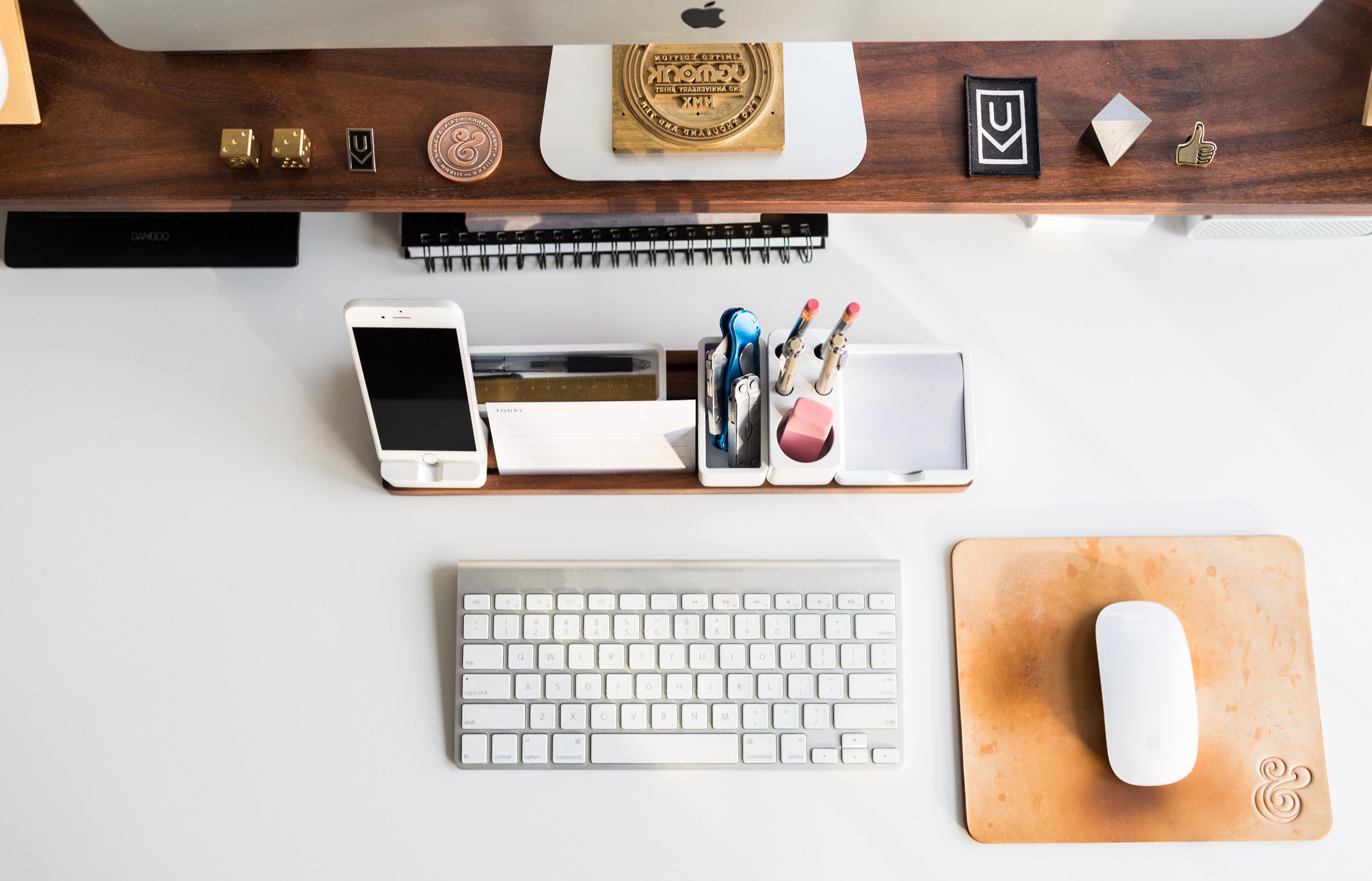SSL Blog
Please note: BLOG articles below were relevant and correct at time of posting, but due to technology changing so quickly these features and instructions may no longer be relevant in current operating systems and app versions. Please contact us if you have any questions here
How To: Using iOS 12's Passwords & Accounts Tool to Autofill
Okay, let’s be honest here, we’re all a little bit aware that we tend to forget our passwords especially with so many multiple logins. The good thing is that Apple has made it easier for us by giving us iCloud Keychain, which helps to store our usernames and passwords safely.
STORING YOUR PASSWORDS is pretty easy with Apple iCloud Keychain. All you have to do is log in to one of your apps or a website and a pop-up will ask if you want to save these login details to your iCloud Keychain. Select Save Password and voila! Your details are now added to your Keychain.
If you want to view your stored passwords in your Keychain simply go to your Settings > Passwords & Accounts > Website & App Passwords. Once you’ve confirmed your ID with either Touch/FaceID you’ll be able to see your full list of login info.
CREATING A STRONG PASSWORD is good practice. Most of us are guilty of creating very easy passwords (usually the name of our favourite pet and someone’s year of birth, or the most common, “Password”) iCloud Keychain thankfully has an option to create a strong password for you. So whenever your register for an app or register for anything on Safari, iOS 12 will suggest a Strong Password for you, which is then saved to your Keychain. So the next time your signing up to something new, you’ll see a pop-up which will then have the option “Use Strong Password.”
If this isn’t working for you, check that you have Autofill Passwords enabled. Settings > Passwords & Accounts > Autofill Passwords. Check that you have iCloud Keychain enabled as well.
AUTOFILL your passwords now whenever you’re logging in! Tap on the username or password box when logging into an app or website and if iOS detects that you’ve saved a login for the app or site, it’ll suggest a login just above your keyboard. Once you’ve selected the appropriate login, you just have to confirm using Touch/FaceID and your login details will be automatically filled out. Next step, tap on login!
How easy is that? No more trying to scramble your brain remembering multiple logins and passwords. There are many other apps that can help you with password management. I myself personally use 1Password. It’s a great little app that stores not only just your login details, but also other things such as your bank details, membership card details, credit card details. The sky’s the limit with what you want to store in it. You can check it out here on the app store. If you’re not a fan of a paid subscription though, there are also free alternatives. Explore Apple’s App store and see what you’ll discover!
Free up space on your iPhone
Don't you just hate it when you're taking a photo or mid-recording a video on your iPhone and you get the little pop-up that tells you you've run out of storage? Well, here's a few space-saving tips for you...
Update your iOS
- Since the iOS 10 update in March 2017 Apple introduced a new file structuring system. This new update assisted in freeing up a decent amount of space on iPhones.
- If you haven't updated yet, open Settings > General > Software Update and then follow the prompts.
- Don't forget to make sure your device is backed up!
Delete Apps you don't need
- Let's be honest, we can be a little bit app happy and hoard apps that we no longer use, so it's time to let go of them and you'll be surprised how much space you might actually free up from deleting them.
- To delete an app, tap and hold on the icon until all the icons start jiggling (edit mode), then tap on the 'X' on the left hand corner of the app icon to delete it.
Remove the Pre-installed Apps you don't use
- If you've got the latest iOS 10 then you'll see that you're able to actually delete some of the apps that come preinstalled on your device - ie. Stocks, FaceTime, Mail.
- For more info on this checkout this article by MacWorld.
Find out what Apps are taking up space
- Something really useful is to delete the apps that are taking up most of your space.
- To do this go to Settings > General > Storage & iCloud Usage > Manage Storage and you will see all your apps and how much storage they are taking up.
Clear up your messages!
- You'd be quite surprised how much storage Messages can take up, especially the really old messages you've received with attached photos or videos.
- If you're not too attached to your Messages and can't be bothered going through each chat to delete messages one-by-one here's how you can completely purge your Messages - Settings > Messages > Message History > Keep Messages then select a time option, then tap on Delete.
There are many other ways you can free up space on your device, but hopefully these tips will help you out!
Photo by Jeff Sheldon on Unsplash


